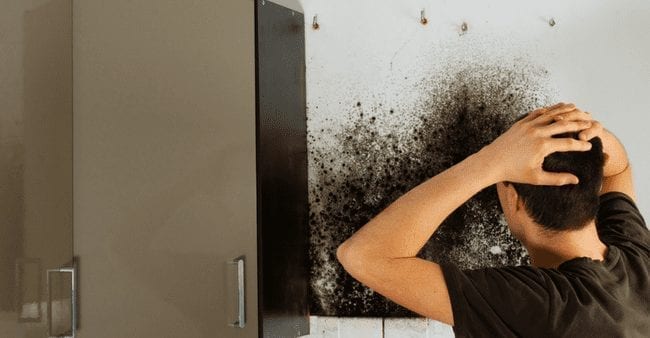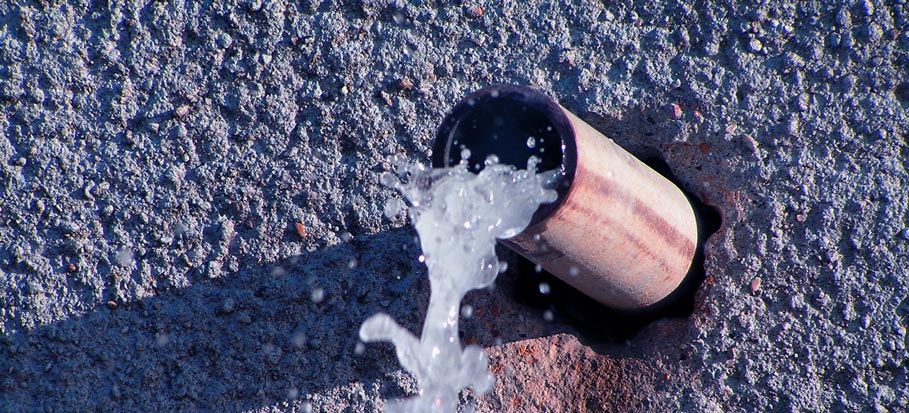Are you looking for know-how around Detecting hidden plumbing leaks?

Early detection of leaking water lines can mitigate a potential calamity. Besides saving you money, it will certainly decrease the stress as well as aggravation. The moment you find a leak, calling your plumber for repairs is the most effective remedy. Nevertheless, some tiny water leaks might not be visible. Right here are some hacks that aid if you can not detect it with your nude eyes.
1. Check Out the Water Meter
Checking it is a surefire method that aids you uncover leakages. If it relocates, that shows a fast-moving leakage. This means you may have a sluggish leakage that can also be below ground.
2. Check Water Consumption
Evaluate your water expenses as well as track your water intake. As the one paying it, you ought to observe if there are any kind of disparities. If you spot sudden changes, despite your consumption being the same, it implies that you have leaks in your plumbing system. Keep in mind, your water expense must drop under the exact same variety on a monthly basis. An unexpected spike in your expense suggests a fast-moving leak.
Meanwhile, a constant rise on a monthly basis, despite having the exact same routines, shows you have a sluggish leak that's also gradually rising. Call a plumber to thoroughly examine your residential or commercial property, especially if you really feel a cozy area on your flooring with piping below.
3. Do a Food Coloring Test
When it comes to water consumption, 30% comes from commodes. If the color in some way infiltrates your bowl throughout that time without flushing, there's a leak in between the tank and also bowl.
4. Asses Outside Lines
Don't fail to remember to examine your outdoor water lines as well. Needs to water seep out of the connection, you have a loosened rubber gasket. One little leak can lose bunches of water and surge your water costs.
5. Inspect and Analyze the Situation
Homeowners ought to make it a habit to check under the sink counters and even inside closets for any kind of bad odor or mold and mildew development. These two red flags suggest a leakage so punctual attention is required. Doing routine examinations, even bi-annually, can save you from a major trouble.
Inspect for discolorations as well as compromising as many pipes and appliances have a life expectancy. If you suspect dripping water lines in your plumbing system, do not wait for it to intensify.
Early detection of dripping water lines can alleviate a prospective catastrophe. Some small water leaks may not be noticeable. Examining it is a guaranteed way that helps you uncover leakages. One little leakage can throw away bunches of water and increase your water costs.
If you suspect leaking water lines in your plumbing system, do not wait for it to rise.
WARNING SIGNS OF WATER LEAKAGE BEHIND THE WALL
PERSISTENT MUSTY ODORS
As water slowly drips from a leaky pipe inside the wall, flooring and sheetrock stay damp and develop an odor similar to wet cardboard. It generates a musty smell that can help you find hidden leaks.
MOLD IN UNUSUAL AREAS
Mold usually grows in wet areas like kitchens, baths and laundry rooms. If you spot the stuff on walls or baseboards in other rooms of the house, it’s a good indicator of undetected water leaks.
STAINS THAT GROW
When mold thrives around a leaky pipe, it sometimes takes hold on the inside surface of the affected wall. A growing stain on otherwise clean sheetrock is often your sign of a hidden plumbing problem.
PEELING OR BUBBLING WALLPAPER / PAINT
This clue is easy to miss in rooms that don’t get much use. When you see wallpaper separating along seams or paint bubbling or flaking off the wall, blame sheetrock that stays wet because of an undetected leak.
BUCKLED CEILINGS AND STAINED FLOORS
If ceilings or floors in bathrooms, kitchens or laundry areas develop structural problems, don’t rule out constant damp inside the walls. Wet sheetrock can affect adjacent framing, flooring and ceilings.
https://www.servicemasterbyzaba.com/blog/how-to-detect-water-leakage-in-walls/

As a devoted reader on Finding hidden leaks, I was thinking sharing that section was a good thing. Sharing is nice. Helping people is fun. Thank-you for taking the time to read it.